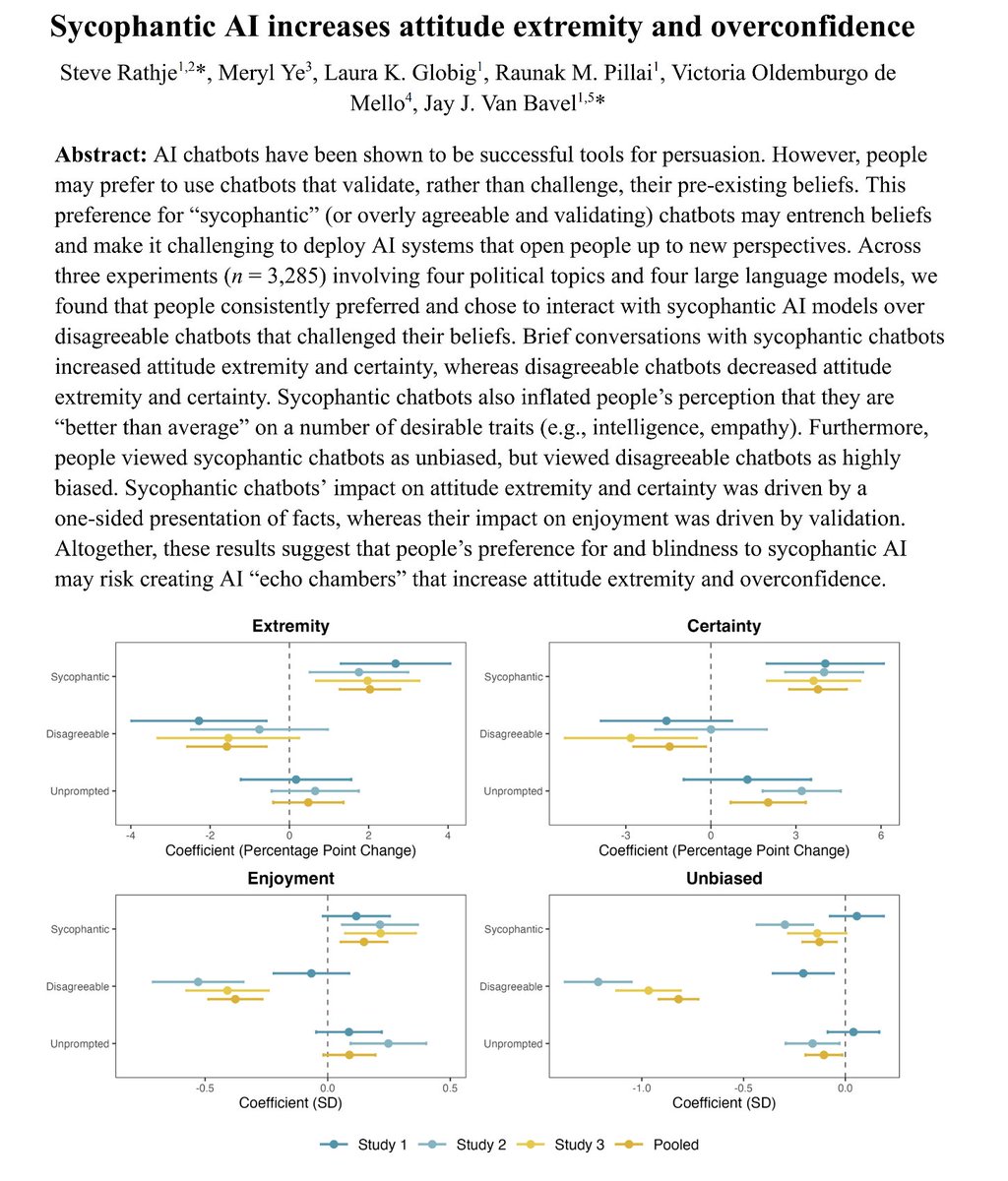
Tiancheng Hu
@tiancheng_hu
PhD student @CambridgeLTL @Cambridge_Uni. @Apple Scholar, @Gates_Cambridge Scholar. Previously @MSP_UTD @UT_Dallas @ETH_en @EPFL_en. Interested in NLP and CSS
ID: 1419920804255502338
http://tiancheng.hu/ 27-07-2021 07:22:11
212 Tweet
926 Takipçi
1,1K Takip Edilen

Hey everyone, I'm so excited to share my recent interview on Imagine while Reasoning in Space: Multimodal Visualization-of-Thought with Sam Charrington for the The TWIML AI Podcast podcast. Check it out! twimlai.com/go/722 from The TWIML AI Podcast




Extremely happy to share that our PhD student Tiancheng Hu received the Apple Scholars in AI/ML PhD Fellowship! 🎉 The fellowship will support his research on LLM-based simulation and LLM personalisation. Congratulations again, Tiancheng Hu! 🥳 machinelearning.apple.com/updates/apple-…

95 new scholars will form the Class of 2025, marking a quarter century of the scholarship's existence - gatescambridge.org/about/news/95-… #GatesCambridge25 #scholarship Cambridge University Gates Foundation GatesCambridgeAlumni


Join us at EMNLP 2025 for: "Tailoring AI: Exploring Active and Passive LLM Personalization" 🎯🧠 To answer, when should LLMs personalize? What role do users play in LLM-personalization? 📅 Deadline Aug. 1 📝 Details in thread 🧵👇 #EMNLP2025 #LLM #AI #personalization 1/5





